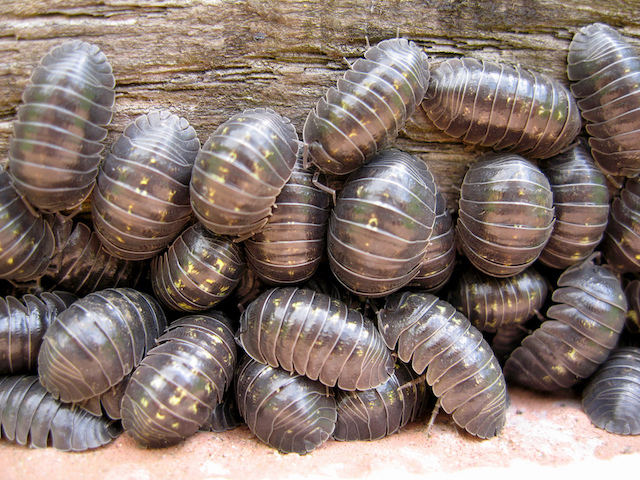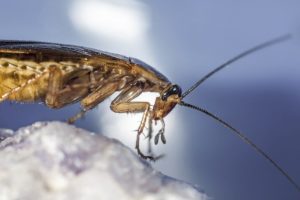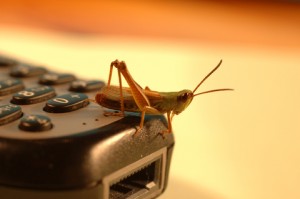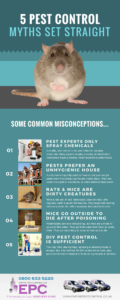It’s been thought about many times by gardeners all over the UK, especially in busier cities like London – what do woodlice eat? Do woodlice eat wood, and is there anything you can do woodlice diet wise to do effective woodlice control? Here we’re going to look at a woodlice diet, whether a woodlice will eat wood, and some other facts about woodlice you may not know.
So What Do Woodlice Eat?
We’re going to jump in with the most common question. What do woodlice eat? Woodlice will feed mostly on decomposing plant material and wood. They’re actually thought about as the recyclers of the insect world. They prefer damp environments, which they thrive in. If you have a compost bin, consider finding some woodlice around the garden. They will work wonders for your compost heap, and it may also stop them from being a nuisance in other areas of the garden. Don’t be worried though – it’s very rare a woodlouse will feast on your freshly planted flowers.
When woodlice find their way into our environment, they often become a nuisance. They also get a taste for other food such as paper, including wall paper. There’s even been cases where very expensive wall paper has been destroyed by an out of control woodlouse infestation.
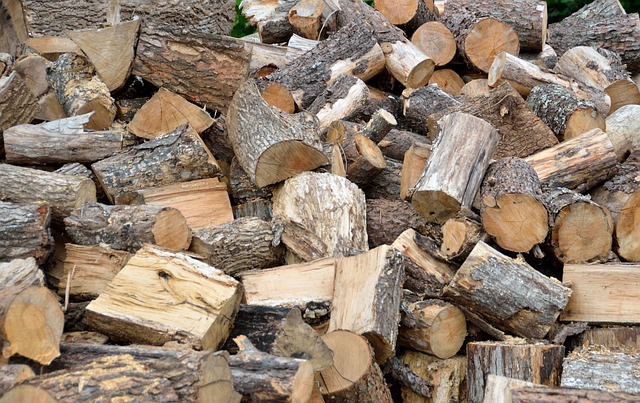
Other Woodlice Facts
Now we know the answer to the question what do woodlice eat, we can look at some other fabulous facts about the natural recyclers known as woodlice.
If you turn over any log, rock or piece of wood in your garden, you’re more than likely to find a very common UK woodlouse. This is the most common species found around the UK, except for the super cold highland areas. Every species of woodlouse has a similar appearance. They are normally flat, oval and grey, with a thick and bumpy shell. Their body is also split into seven body segment, and each segment has a pair of legs.
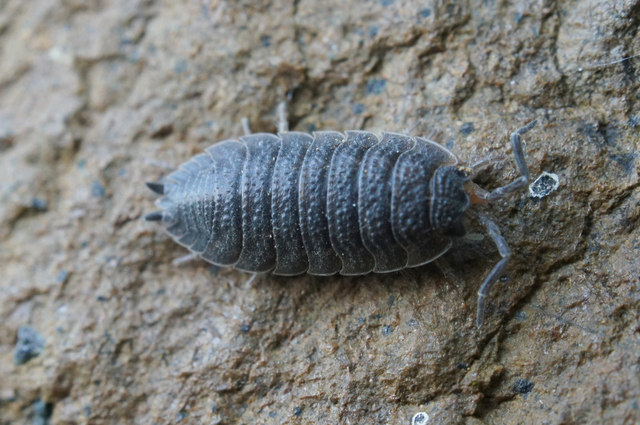
Woodlice often are mistaken as a member of the millipede and centipede family, but it’s actually not the case. Woodlice are in fact crustaceans, meaning they’re related to shrimps and crabs. Think of them as garden lobsters! In fact, this makes woodlice one of the very few land-living crustaceans, because they don’t need to return to the water to breed. But much like their aquatic relatives, they don’t have a waxy body covering so they easily dry out, which is why they are always hiding in cool and damp places. Woodlice also normally only come out at night.
The common woodlouse we encounter in the UK is actually a very tough species. They can tolerate some pretty extreme conditions, because of how they’ve been accidentally transported all across the world by, you guessed it, us. Some of these UK woodlice can be found on every continent in the world apart from Antarctica, even in really isolated places like Hawaii.
Pest Control For Woodlice
Even though woodlice are pretty amazing insects, it still doesn’t mean you want them in your garden or home. If you seem to be overrun by woodlice, you need proper woodlice control from expert pest controllers immediately. Woodlice can do a lot of damage if left to their own devices.
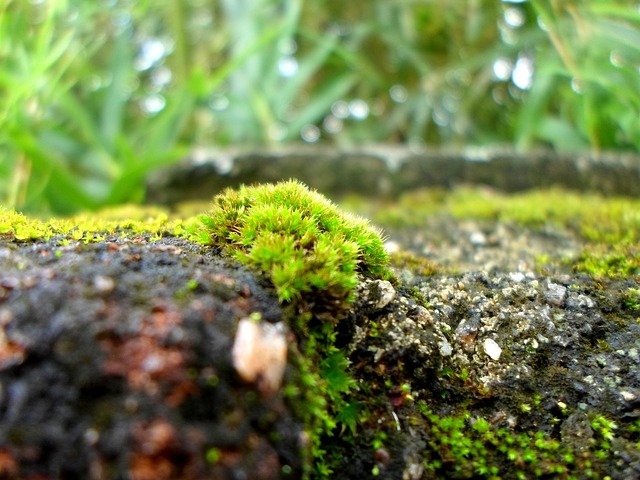
To get rid of woodlice, you can follow these top tips for effective woodlice control.
- When you see them around your home or garden, it’s very easy to just sweep the woodlice up. You can then place them somewhere away from your home, where they belong, without causing them any harm. This lets them carry on being the natural recyclers they are without bothering you.
- If they’re in your home, you may want to resort to the vacuum cleaner to suck them up. After you’ve hoovered, remember to empty your cylinder into a compost bin. The woodlice can do a lot of good in there.
- Prevent woodlice from getting into your home by eliminating any damp, moist places which is a huge attraction for them. Any leaks or dripping taps should be fixed to avoid woodlice infestations.
- Clear away leaves and debris outside around the walls of your home. This is especially important near vents and grills because you don’t want any sort of attraction for woodlice to get into your home.
- Clear out your drain and gutters. Gutters are a common place for pests to nest and is often overlooked by UK homeowners.
- Keep your home as dry and warm as possible. If you do this and a woodlice decides to infest, they’ll soon find somewhere else to live because the habitat won’t be desirable to them.


